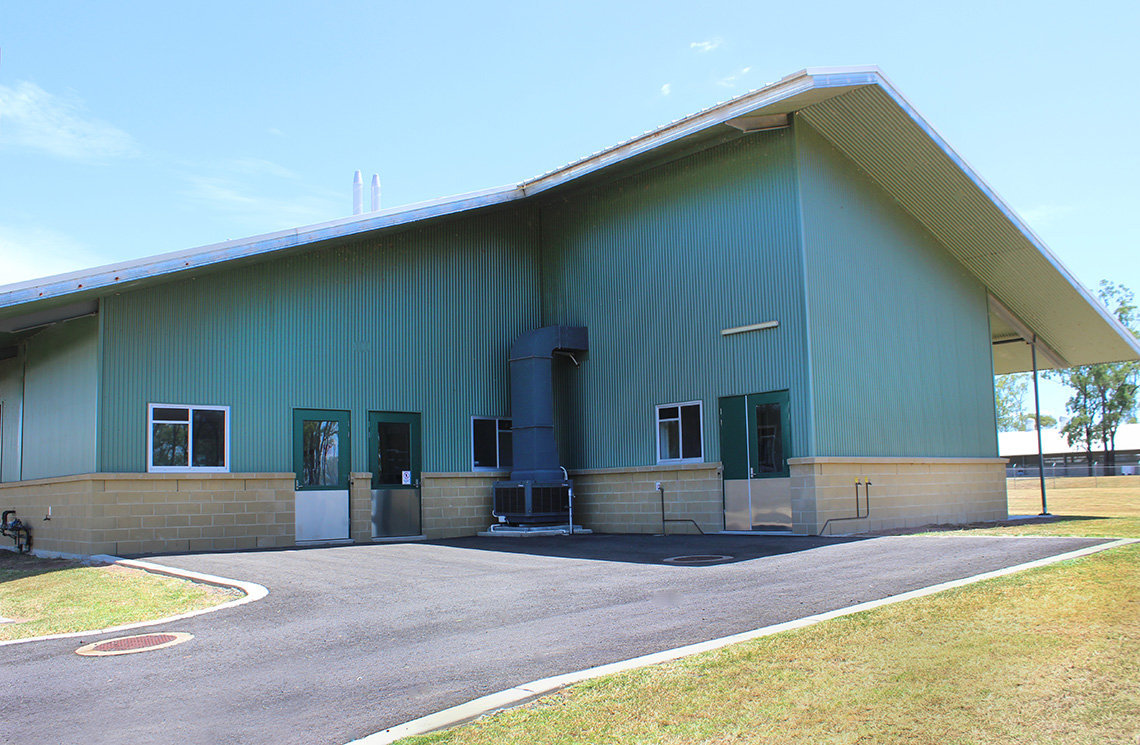Temperature controlled rooms
At a glance
- 4 small temperature controlled rooms measuring 4m × 4m with adjacent ante rooms
- 2 large temperature controlled rooms measuring 9m × 6m with adjacent ante rooms
- The 4 temperature controlled rooms can be air conditioned or heated to precise temperature range between 19 to 30°C +/-2°C
- The 2 larger rooms have a 3m × 6m support room which can also be used as surgery rooms
- Air flow is remotely controlled and automated alarms
- Lighting controlled by a timer system
- Flooring of all containment rooms is anti-slip material to maximise welfare
- Rooms designed for flexible inclusion of a variety of penning systems
There are a total of six PC1 containment rooms including four temperature controlled rooms measuring 4m × 4m, and two larger temperature controlled 9m × 6m rooms. The four small temperature controlled rooms can be air conditioned or heated to a precise temperature range which is automatically controlled by the sophisticated Building Management System (BMS). A central corridor links the four rooms, each of which also has a 3m × 4m support room with storage space, work benches and large wash tubs. The two larger rooms have a 3m × 6m support room and although currently only evaporative cooling is in place, heater banks are due to be included to facilitate more research.

For all six PC1 containment rooms the air flow is controlled by the BMS and automated alarms will be initiated and acted upon in the scenario of any parameters being breached. This system is in place 24 hours a day, 7 days a week to ensure the highest quality research. Lighting is controlled by a timer system adjacent to the rooms. The flooring of all containment rooms is an anti-slip material which is optimal for the welfare of the experimental animals.
As is the model in most facilities in QASP, the rooms are designed for flexible inclusion of a variety of penning systems. Portable panels and pens are available on site for hire, to be custom designed to meet the needs of the researcher. Based on the extensive experience of QASP staff with animal research projects, innovative solutions can be implemented to allow an effective balance of animal husbandry requirements, staff and animal safety, and being able to meet the conditions of the research, particularly time critical components.
